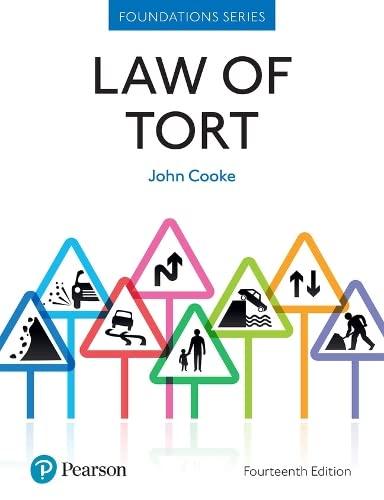Question
During the recession of 2009, the U.S. government financially bailed out the American automotive industry. The China Association of Automobile Manufacturers then petitioned the Ministry
During the recession of 2009, the U.S. government financially "bailed out" the American automotive industry. The China Association of Automobile Manufacturers then petitioned the Ministry of Commerce of the People's Republic of China (MOFCOM) to place AD/CVD duties on imports of U.S.-made SUVs and automobiles. In 2012, MOFCOM ordered over $5 billion of AD/CVD duties (a rate of up to 21 percent) on the vehicles. The United States sought dispute settlement at the WTO which resulted in the WTO report, China-Anti-Dumping and Countervailing Duties on Certain Automobiles from the United States, Report of the Panel, WT/DS440/R (23 December 2014). The United States argued that during the investigation MOFCOM had failed to make specific requests for relevant information from U.S. exporters, and failed to provide the foreign exporters with the "essential facts" of how the dumping margin would be calculated. What information and essential facts would the U.S. companies have needed to respond? How did the panel rule and how was the case resolved?
Step by Step Solution
There are 3 Steps involved in it
Step: 1

Get Instant Access to Expert-Tailored Solutions
See step-by-step solutions with expert insights and AI powered tools for academic success
Step: 2

Step: 3

Ace Your Homework with AI
Get the answers you need in no time with our AI-driven, step-by-step assistance
Get Started


